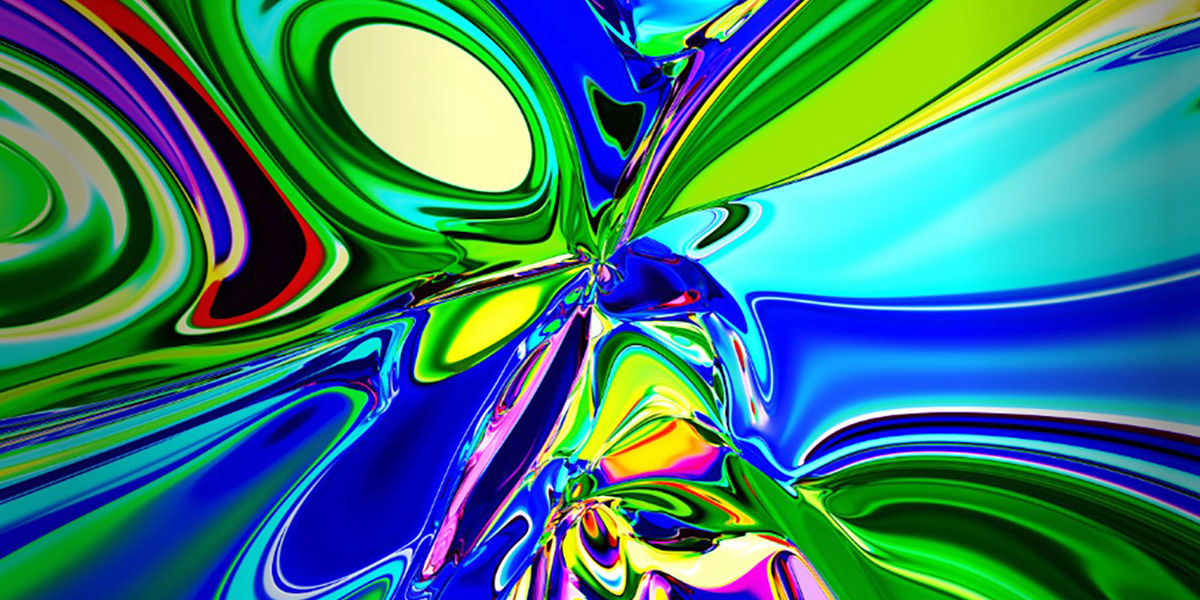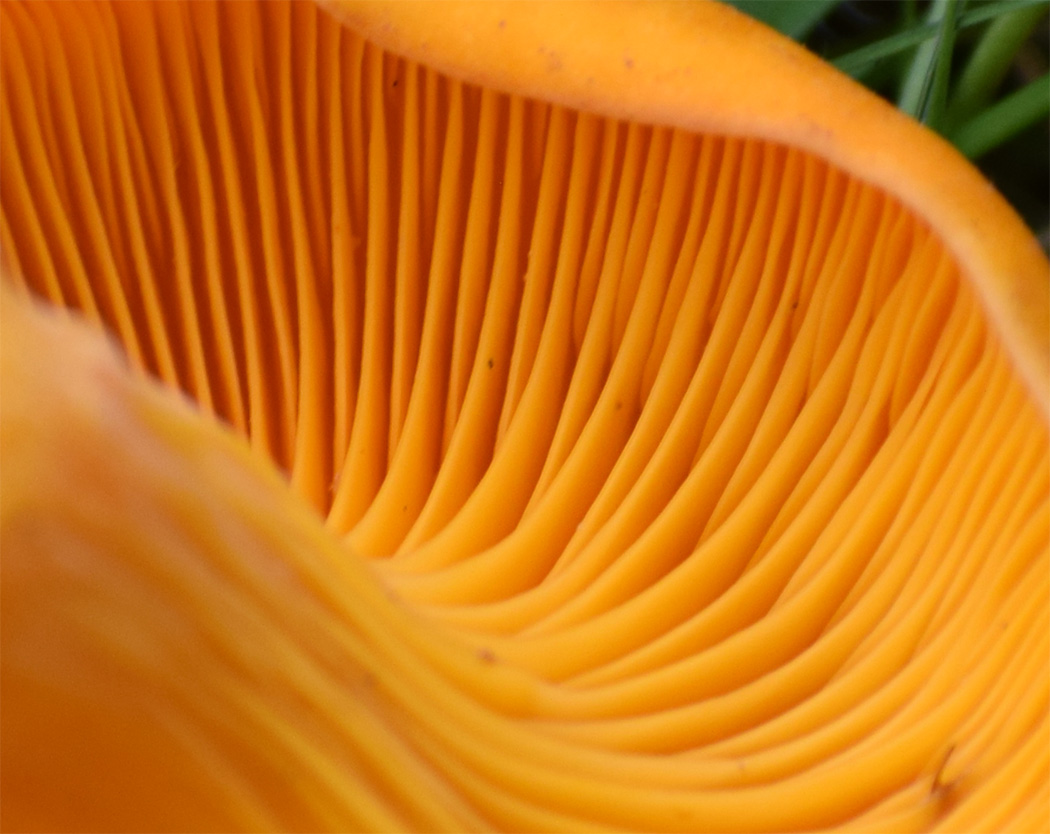Calculus-inspired image takes top prize in Art of Science contest
Decker researcher among faculty, staff, student winners

A bold image featuring a swirl of blues and greens took home the top prize in this year’s Art of Science competition.
Reethee Antony, an assistant professor in the Division of Speech and Language Pathology at Decker College of Nursing and Health Sciences, took first place in the Visualizing the Unseen Category as well as Best in Show for her entry, titled “Neural Art while Solving Calculus.”
The digital art was generated with electroencephalography, or brain recordings. They were captured using an eight-sensor cap while a research subject was solving a calculus problem. The image, Antony explained, represents the neural processing happening within the brain. “It is the art of neurons at work,” she said.
The eighth-annual contest, organized by Martha Terry, creative services manager in the Office of Research Advancement, drew a record number of entries in 2024. Subjects ranged from brightly colored mushrooms found in Binghamton’s Nature Preserve to black and white images taken with electron microscopes.
Entries are judged in two categories, Visualizing the Unseen, for images captured with the use of optics that extend beyond what the eye can see, such as microscopes and telescopes; and the World Around Us, for images in which the subject is visible to the naked eye.
“Every year, I’m amazed by the creativity of Binghamton’s faculty, staff and student researchers,” Terry said. “They find new ways of seeing and new ways of understanding complex ideas. So often the images have a surprising vibrance and beauty.”
Second Place in Visualizing the Unseen went to Andrew Vore, a postdoctoral fellow in the Department of Psychology, for an entry titled “Brainbow.” The image shows brain vasculature in a thick slab of cleared brain tissue.
“Each three-dimensional slice imaged was given a specific color highlighting the intrinsic complexity and beauty of the vasculature of the brain,” Vore wrote. “I study thick tissue sets to analyze changes in brain vasculature as a whole.”
Junpeng Lai, a postdoctoral researcher in the Mechanical Engineering Department, took third place for an image titled “Sonic Dress” that he worked on with Ronald Miles, SUNY distinguished professor of mechanical engineering.
“Inside our echo-free anechoic chamber, the rustle of a renowned designer’s dress was recorded and converted into a visual acoustic spectrogram,” Lai wrote. This visual was then fused with the dress design through artificial intelligence, producing a unique, sound-inspired fashion piece that echoes the dress’s own acoustic signature.
In the World Around Us Category, first place went to Taylor Graham, a molecular biology lab preparator in the Biology Department. The image, titled “Orange Wave,” shows the beautifully shaped gills of a bright orange fungus.
Meg Gauck, a doctoral student in the Department of Anthropology, took second place for a photo she took at the end of a successful fieldwork season in Vanuatu. “Sunset at Mount Yasur” shows an active volcano in Tanna.
Third Place in The World Around Us category went to Jessica Fridrich, SUNY distinguished professor in the Department of Electrical and Computer Engineering, for her entry “Via Appia.”
The judges panel this year included Gervlyne Auguste, associate director, McNair Scholars Program; Caspar Carson ’25, a biology major and photography editor of Pipe Dream; Caitlin Light, assistant director of the First-year Research Immersion Program; Katherine M. Reinhart, assistant professor of art history; and Greg Schuter, videographer and website coordinator.
Judges’ Choice recognition went to undergraduate Joseph Zuccalmaglio for his “Faces of Research” entry; Fridrich for her photo titled “Via Appia”; undergraduate Christina Odendahl for an entry titled “Overlay of Stratum Corneum 52 Days Apart”; graduate student Alina Bennett for an image titled “Gold Exfoliation of WSe2”; and student Devin Mongan for a photo titled “Turtle and Tree.”
This year’s event, part of Binghamton Research Days, was co-sponsored by the S3IP Center of Excellence and Nikon. The top prizes included an iPad and a pair of Nikon binoculars.


